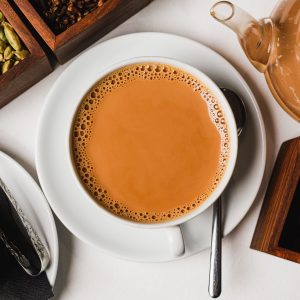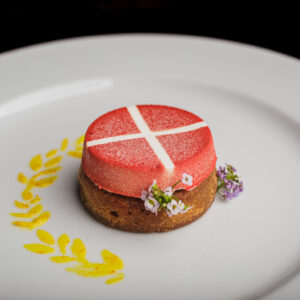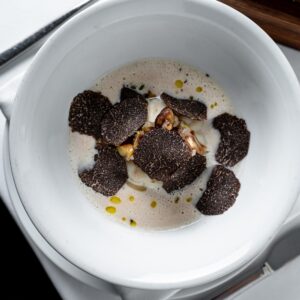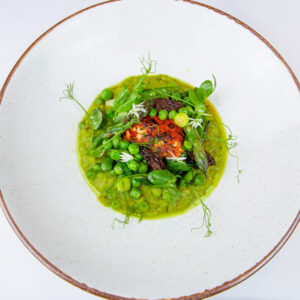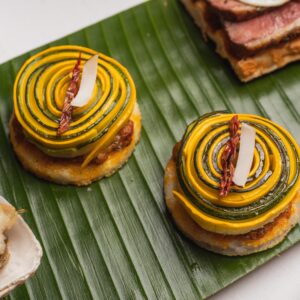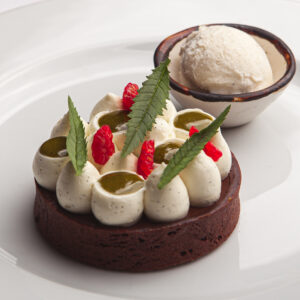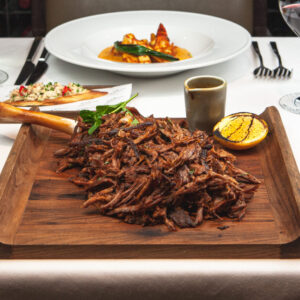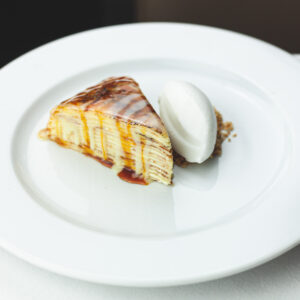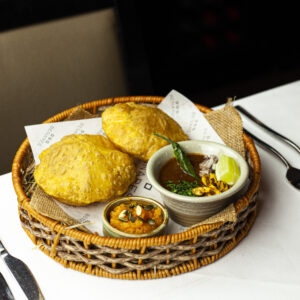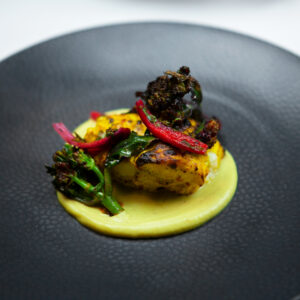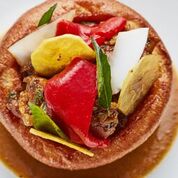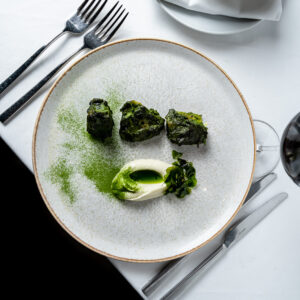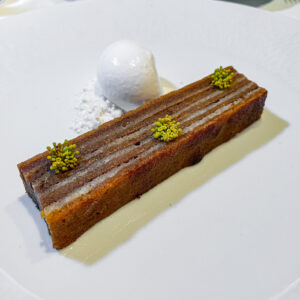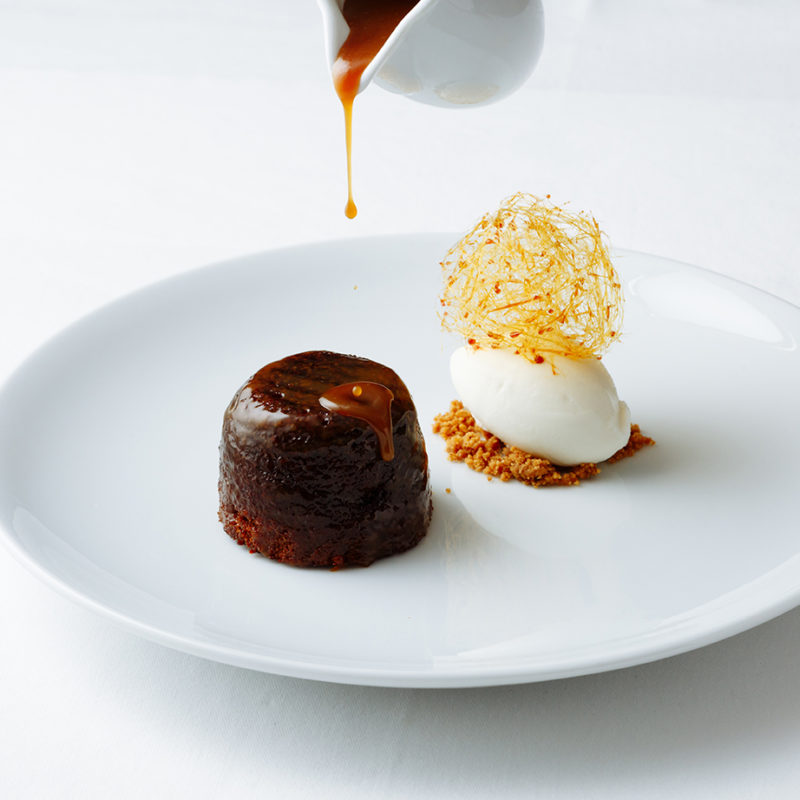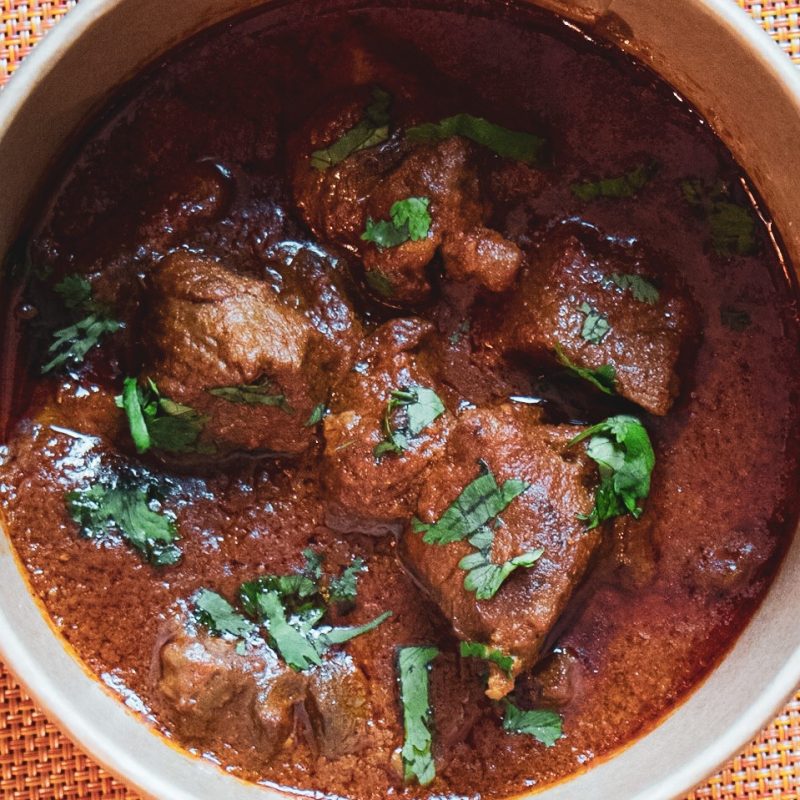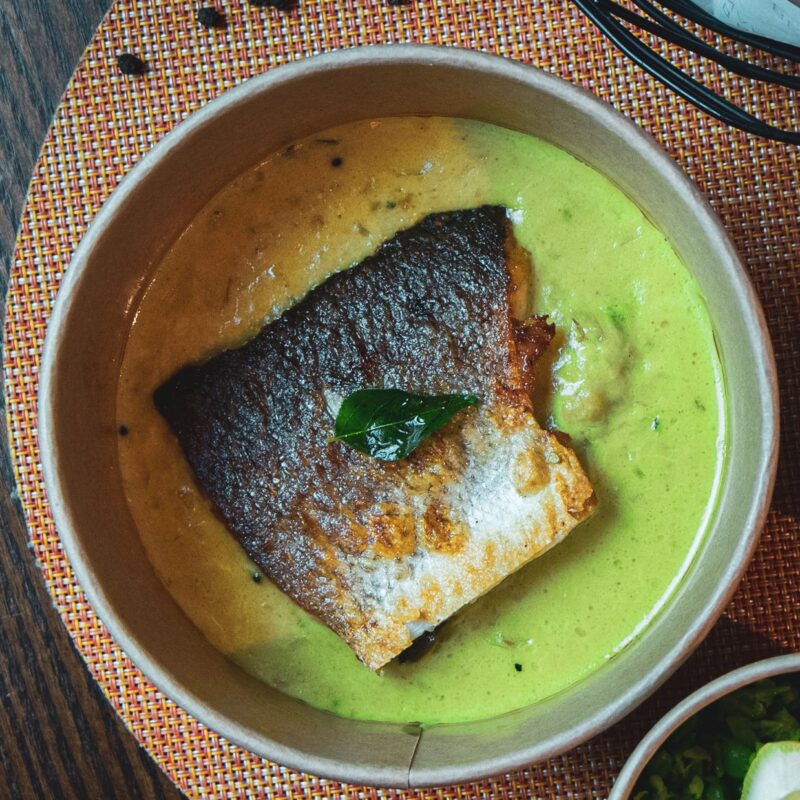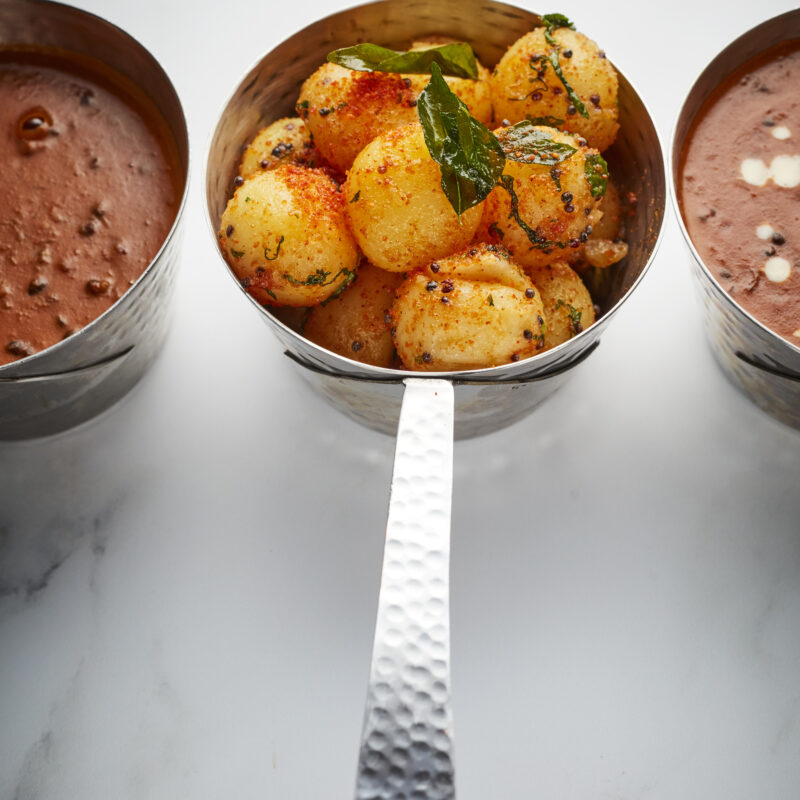Masala Chai
Ingredients
- · Assam tea leaves
- · Alternative for the above is English Breakfast Tea
- · Masala chai powder (finely ground cardamom, cloves, peppercorn and cinnamon)
- · Ginger root
- · 200 ml hot water (just boiled)
- · 100 ml milk
- · Sugar
Method
Chop a portion of a ginger root and crush it using a mortar and pestle
Add crushed ginger into a large vessel (capacity 500ml to 1L) Add whole cardamom pods, cloves and peppercorn (2-4) and a small cinnamon stick to the vessel
Pour 200ml of hot water into the vessel
Add 2 teaspoons of Assam tea leaves into the vessel
Add 100ml of milk
Boil the contents of the vessel for 2-3 minutes
Chop a slice of ginger root and put into the teapot (to ensure extra gingery flavour)
Add a teaspoon of masala chai powder into the pot
Add a teaspoon of Assam tea leaves into the teapot
Alternative is to put same quantity of Breakfast Tea leaves if you don’t have Assam tea
Pour the contents of the vessel it into the teapot
Let it brew for another 1 minute for the ginger and Assam tea leaves to fully infuse into the chai
Serve hot Add sugar to taste
Check out this video to see how we make Masala Chai at Benares
_______________________________________________________________________________________________
A brief history of Chai in India
Tea was introduced to India by the British as a popular beverage. Tea plants have grown wild in the Assam region since antiquity, but historically, Indians viewed tea as a herbal medicine rather than as a recreational beverage. In the 1830s, the British East India Company noticed the existence of the Assamese tea plants, and began to cultivate tea plantations locally.
However, consumption of black tea within India remained low until the promotional campaign by the Indian Tea Association in the early 20th century, which encouraged factories, mines, and textile mills to provide tea breaks for their workers. It also supported many independent chaiwalas throughout the growing railway system.
Tea was promoted as served Indian style, with small added amounts of milk, sugar and spices; and eventually, chai firmly established itself as a popular beverage.
